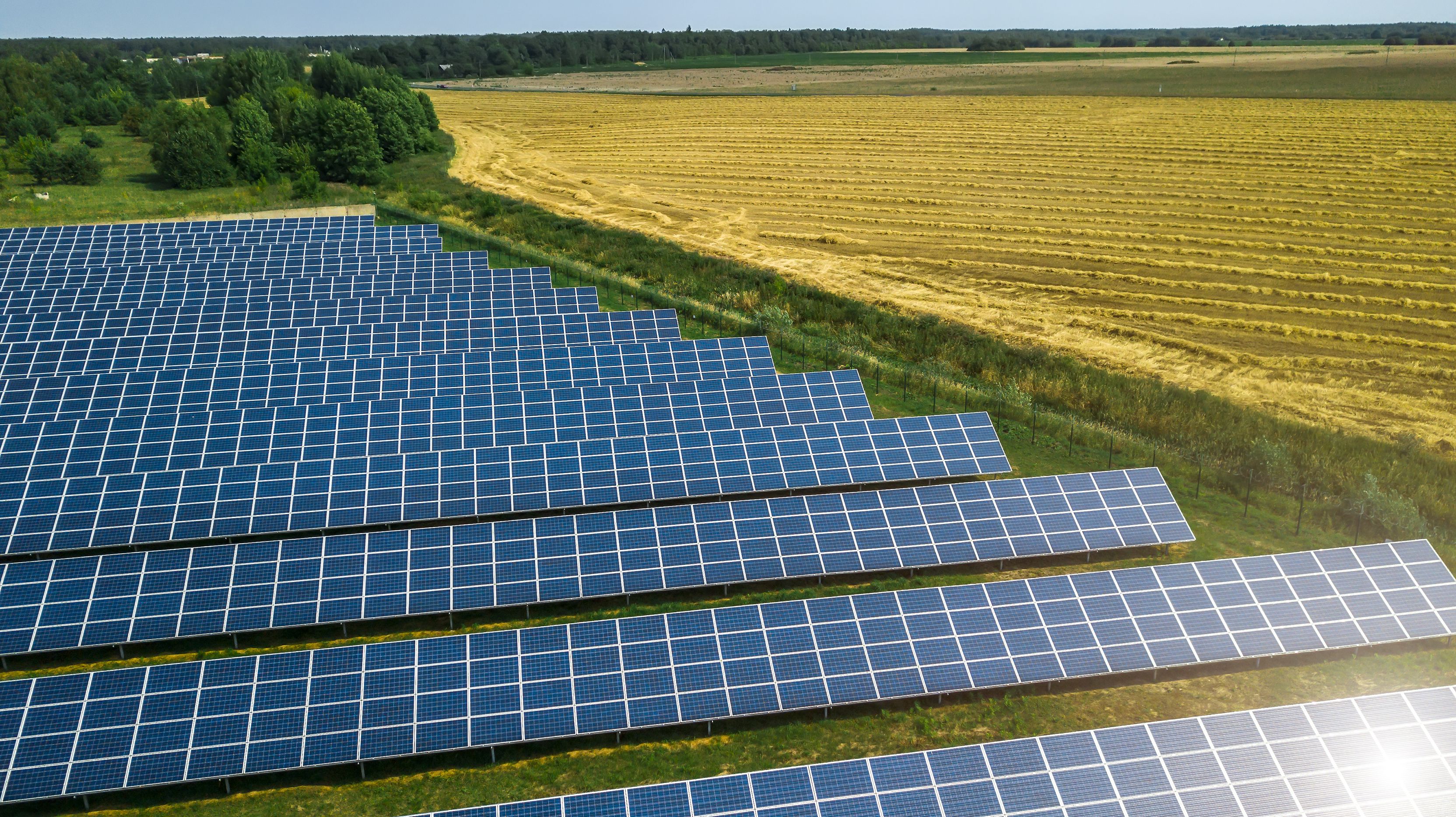J&J Vision unites operations with a solar farm to cover electricity consumption
Company will reduce greenhouse gas emissions globally by 2030

Johnson & Johnson Vision’s operations in Jacksonville, Florida, will be powered by solar energy by 2022, a move that is part of the company's effort to be more sustainable.
Related:First drug-eluting contact lens approved in Japan
100% renewable
The company has signed a 10-year power purchase agreement with solar farm JEA, a community-owned utility, to cover its entire electricity consumption. Johnson & Johnson will purchase electricity from JEA’s ground-mounted solar farms starting in 2022. The move will allow the company to reach its goal of meeting all of its electricity needs with 100% renewables by 2025.
More broadly, J&J aims to reduce greenhouse emissions and reach carbon-neutral operations globally by the end of 2030. It has already made significant progress in this direction, according to reports.1
Related: Tips on fitting new Johnson & Johnson Vision multifocal contact lens
In 2019, the total amount of renewable energy projects made in the U.S. rose to 16GW, up from approximately 10GW in 2018.1 According to an analysis from Bloomberg NEF, a significant portion of the global increase in clean energy procurement was attributed to the U.S.2
References
1. George S. Johnson & Johnson Vision to power global HQ with 100% solar electricity. Edie newsroom. April 28, 2021. Accessed July 27, 2021. https://www.edie.net/news/10/Johnson---Johnson-Vision-to-power-global-HQ-with-100--solar-electricity/
2. Corporate clean energy buying grew 18% in 2020, despite mountain of adversity. BloombergNEF. January 26, 2021. Accessed July 27, 2021. https://about.bnef.com/blog/corporate-clean-energy-buying-grew-18-in-2020-despite-mountain-of-adversity/